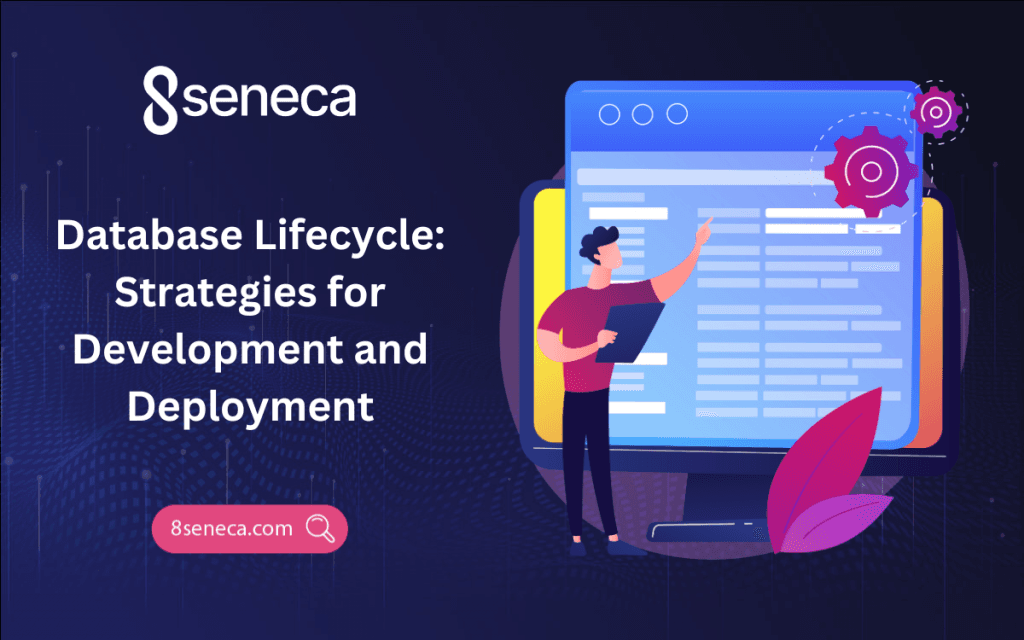What is Cross-platform Mobile Development?
Learn what cross-platform mobile development is, its benefits, challenges, and popular frameworks like Flutter, React Native, and Xamarin.
Definition
Cross-platform mobile development builds software that works on multiple systems like Android and iOS. They can work on all operating systems on the device, helping developers create applications faster and more efficiently.
The Need for Cross-platform Mobile Development
In the beginning, it was quite difficult to create apps for multiple platforms since developers had to develop different apps for each operating system, like Android and iOS, using various programming languages and tools. They cannot use code written for one platform for another one. Hence, it made the development process more time-consuming and costly.
But thanks to cross-platform development, developers can now tackle these issues. Because the cross-platform app allows them to use some or even all source code to be shared across platforms. Therefore, developers only have to code mobile assets once since these assets will work on all platforms.
It’s important to remember that cross-platform development isn’t the same as native development, where a mobile app runs only on a specific mobile OS.
Native vs. Cross-platform Development
Native applications are built for a single platform. The native development created for Android will never work on iOS devices, and vice versa. Because apps for iOS are coded in Swift or Objective-C, while Android apps are coded in Java or Kotlin. Because of that, these apps work well in the system they’re made for. However, this means the native apps will need separate codebases—more time, money, and effort.
Cross-platform development, on the other hand, uses a single codebase to work on multiple systems. This is beneficial when it comes to saving time and money, but it won’t guarantee the same level of performance or device-specific features as native apps. So if you have to choose between the two developments, you should consider the requirements of the app.
Benefits of Cross-Platform Mobile Development
Cross-platform development offers several benefits. For instance, developers can reduce the time and cost of building apps and launch apps faster by using a shared codebase. It will definitely help them to reach a wider audience since cross-platform mobile development supports many platforms at the same time.
This development is also easy to maintain. Developers can update and fix bugs by using the shared codebase, making the process more efficient. Furthermore, this approach enables project managers to use their resources effectively because they don’t have to assign separate resources for app developments across multiple platforms.
Drawbacks of Cross-platform Mobile Development
Performance issues are common, especially in apps that depend on heavy processing or advanced graphics. Because of this, they sometimes produce poor design, leading to poor UX. Moreover, many apps have limited functionality because they cannot support many mobile devices’ functions that only native apps can.
Despite some of these drawbacks, we’re trying to improve the technologies and framework to minimize these issues and create cross-platform apps that have characteristics such as flexibility, adaptability, stability, and the and ability to deliver good UX.
Popular Cross-Platform Development Frameworks
Many frameworks offer unique capacities and advantages. Here are some of the most popular ones:
Xamarin: An open-source framework launched in 2011. This one is for developing cross-platform and hybrid apps that work on Android, iOS, and other platforms. Xamarin uses C# and Microsoft’s.NET framework. It has an integrated development environment (IDE), along with numerous software development kits (SDKs). The platform is now acquired by Microsoft and is available under the MIT License as part of the Visual IDE.
Flutter: An open-source framework built by Google. It uses the Dart programming language and is good for building apps that look and feel native across different platforms. It works well for projects like minimum viable products (MVPs), apps that require heavy use of a device’s CPU or GPU, and apps that need to share UI components across platforms. Flutter also incorporates platform channel technology that enables developers to create platform-specific code. Additionally, its hot reload feature allows them to make code changes and view them instantly.
Ionic: Uses web technologies like HTML, CSS, and JavaScript to create interactive cross-platform apps. It features a single shared codebase, which makes it easier to build apps that work across all major operating systems. It includes hardware-accelerated transitions and touch-friendly gestures to improve performance. Developers can also customize apps using themes, form controls, and other design elements to create visually appealing user interfaces.
Sencha: Designed for building data-heavy apps for both mobile and web platforms. It is based on modern web technologies like JavaScript, ES6, HTML5, and CSS. Sencha provides over 140 UI components, which help developers quickly create apps that can handle large amounts of data. It is a reliable choice for projects that need advanced data management and visualization.
Related Articles

Dec 06, 2024
Read more
The Leadership Factor: Why Strong Leaders Make Successful Projects
Discover how effective leadership drives project success with strategies to inspire teams, tackle challenges, and achieve goals.

Oct 29, 2024
Read more
Database Lifecycle: Strategies for Development and Deployment
Learn the key stages of the database lifecycle—Planning, Analysis, Design, Implementation, Testing, Deployment, and Maintenance

Sep 30, 2024
Read more
Building a Data Warehouse: A step-by-step guide
Learn the key components, best practices, challenges of building and maintaining a data warehouse, and how it can drive better business.

Sep 17, 2024
Read more
How to Create Top B2B SaaS Product and Features Pages
Explore key elements and examples of B2B SaaS product pages to boost conversions and showcase your product's value.

Sep 13, 2024
Read more
The Role of Mobile Data Analytics in App Development
Discover how mobile data analytics improves app development by enhancing user engagement, boosting retention, and optimizing performance.

Aug 07, 2024
Read more
Mobile App Development: Turning Ideas into Digital Realities
Transform your business with top mobile app development services. Drive growth and enhance engagement. Discover leading firms in India.
